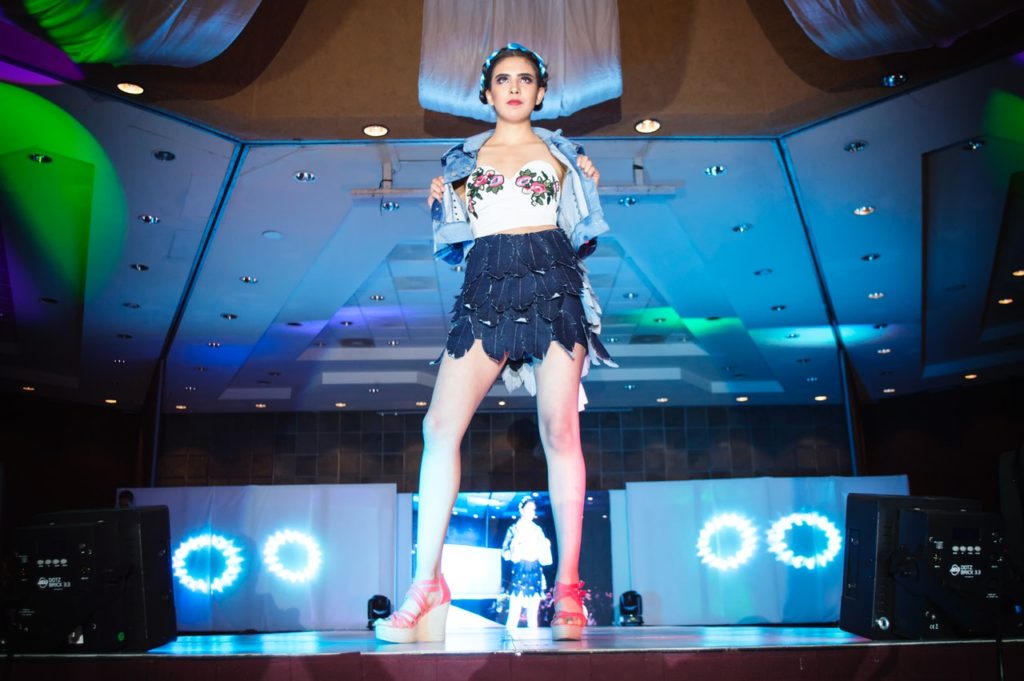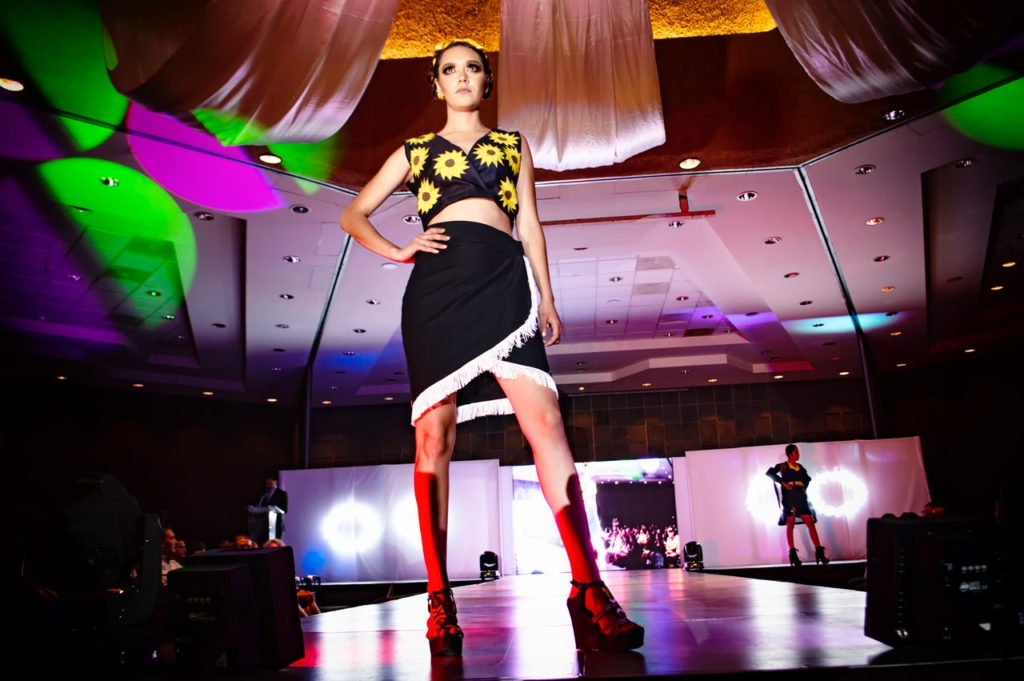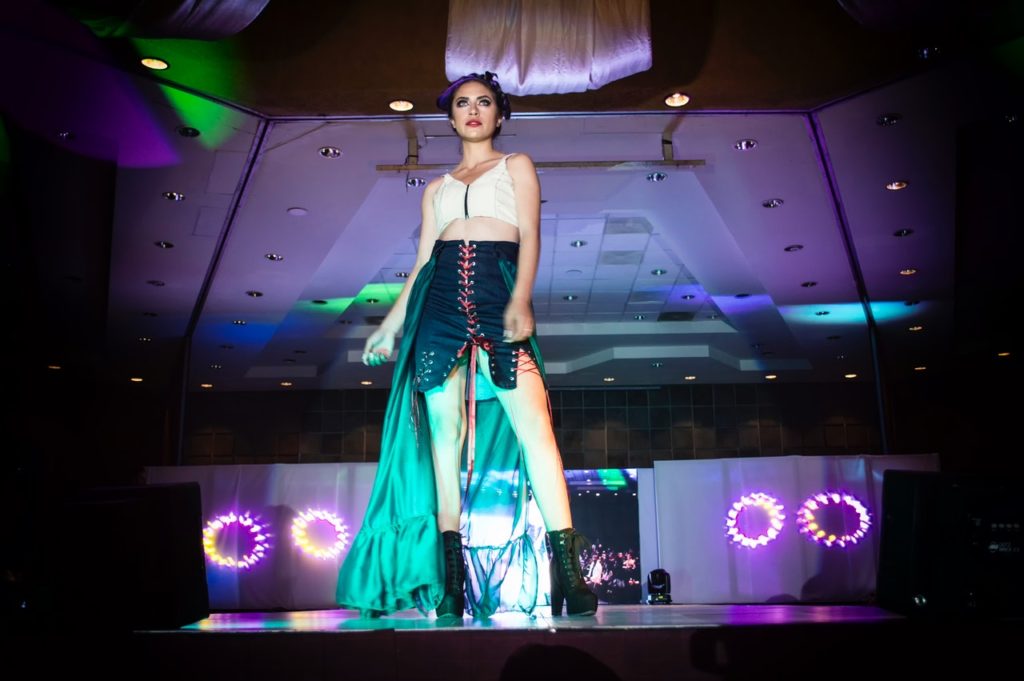Table of Contents
1. Prepare Equipment and Ensure Clarity
It is best to prepare two SLR cameras, an 8- to 16-megapixel digital body and a film body. One body is equipped with a 28-135mm lens, and the other is equipped with a 70-200mm lens, so it is more convenient to capture. If you use black and white film, you can choose ISO400 and 800 professional high-speed film. Try to use a wide aperture when shooting, this will increase the shutter speed and avoid blur.
2. Observe with Two Eyes
To capture the best moments, see the models’ personalities by observing them in different styles of clothing. Selectively capture valuable moments, so that readers can see the unique artistic wisdom and keen observation and judgment ability of the photographer when appreciating the pictures.
Since shooting fashion shows and model competitions is a photography category between photojournalism and art photography, the photographer must have both good artistic accomplishment and a keen sense of news. Only by diligent observation, diligent shooting, and diligent thinking during shooting can we produce outstanding works that are different from others.
Conditional photographers can use two perspectives to watch from the whole process of tracking the model to shoot the location, to the preview or the preliminaries.
(1) Use the judge’s vision: through the on-site viewing, you can understand which models have the best temperament, and they may become the champion of this competition, and clarify the focus of this shooting.
(2) Use the photographer’s eyes: by watching and filming previews and preliminaries, familiarize yourself with the procedures of the entire performance or competition. Get to know the showmanship and temperament of all models and know which moments are newsworthy and artistic. Familiarize yourself with specific clothing styles and determine the best camera angles. In this way, you can have a good idea of the key models, key moments, key scenes, key lighting effects, and key shapes during the official capture.
3. The Essentials of Capturing
Observation and refinement
Whether it is a fashion show or a model competition, it is necessary to observe, understand and refine on the spot.
On-site observation is to carefully observe each model’s posture, clothing, and shape, and tap its rich facial expressions and varied body language. Observing the density and density of the model when walking on the stage and the relationship between the dress and the background, capturing the dynamic of the model’s dress in the movement, etc. 
When taking pictures, the camera is held in hand to track and focus on the model in motion, to capture the beautiful posture and shape of the model in the display. Don’t put down the camera to watch. If there is a beautiful moment at this time, you will be caught off guard and lose the opportunity.
On-site understanding and on-site refinement are to understand the body shape as points, lines and planes in geometry in the wonderful interpretation of the model, and to freeze the model’s body shape, curve, personality and fashion factors of clothing in an instant and become a work through judgment. .
Exposure and metering modes
Due to the needs of the display, with the rhythm of the music and the artistic effect of the stage design, the illumination of the lights is changeable. In order to ensure accurate exposure, you can set the camera to aperture priority in advance. And set the aperture to the maximum value.
During shooting, the shutter of the camera will be automatically adjusted with the intensity of the lighting. So that the captured images are clear. If the light is dim and the shutter speed is too slow, increase the camera’s sensitivity to ISO400 or 800. And if necessary, ISO1600. 
However, the images shot at ISO1600 generally have very coarse grains. And the saturation and transparency of the colors decrease to a certain extent.
Generally, the color of the light source on the T stage is yellowish. Adjusting the color temperature of the camera to about 3200K before shooting will reduce the yellow component in the photo.
The metering mode depends on the subject of the shot, and center-weighted or average metering can be used. For large or medium shots, you can set the average metering. For close-ups, the metering mode should be set to center-weighted.
4. Pick up Tidbits
Don’t leave the scene immediately after shooting a wonderful modeling competition. As the saying goes: “The good show is later.” From my personal experience, the wonderful tidbits often appear after the game.
After a cruel competition of “one in a thousand miles”, after all, there is only one safflower. When they were about to separate, some hugged and congratulated each other because they won the award. And some went to the side to cry secretly because they were eliminated. These touching tidbits and moments of true emotion are a good time to shoot a masterpiece.
